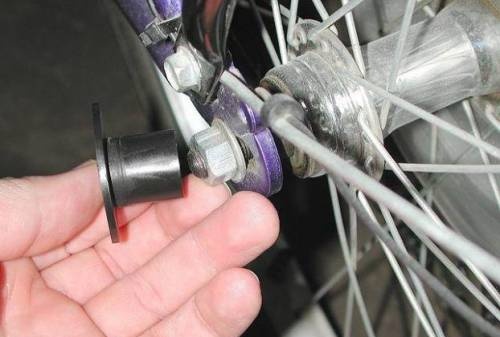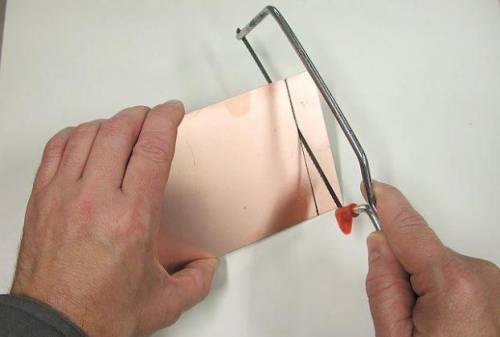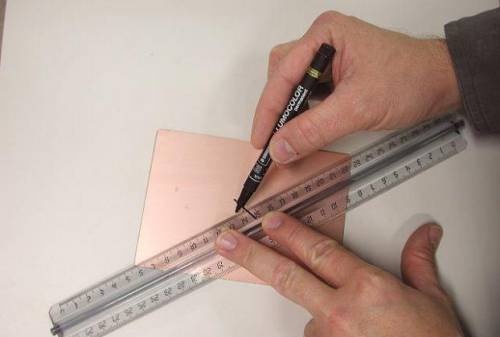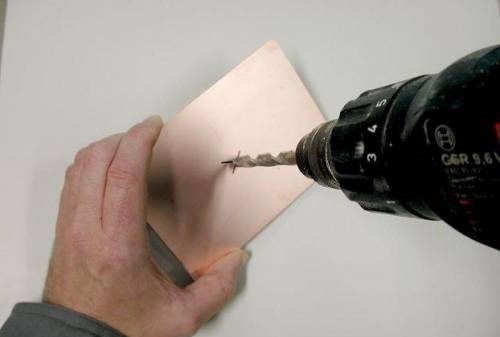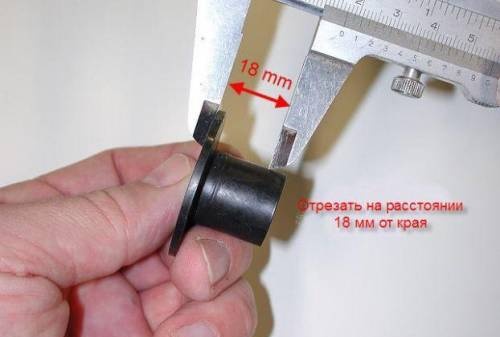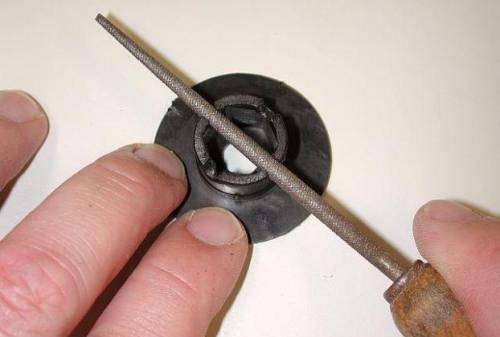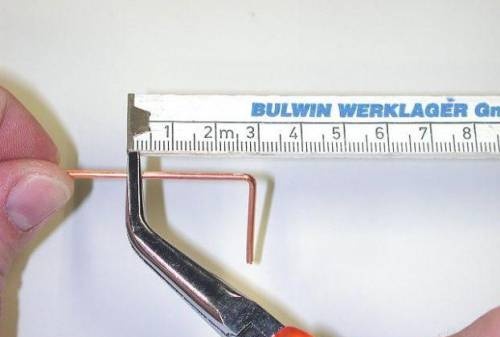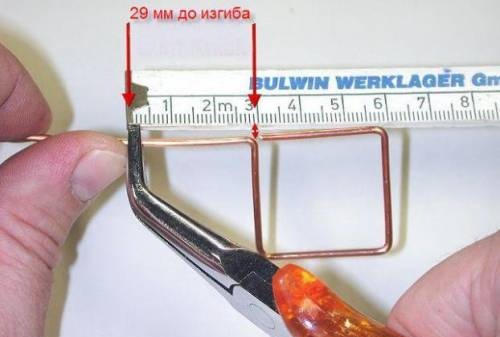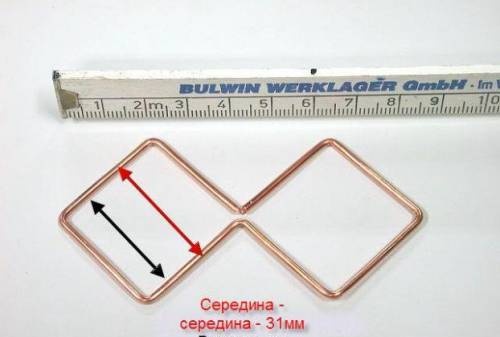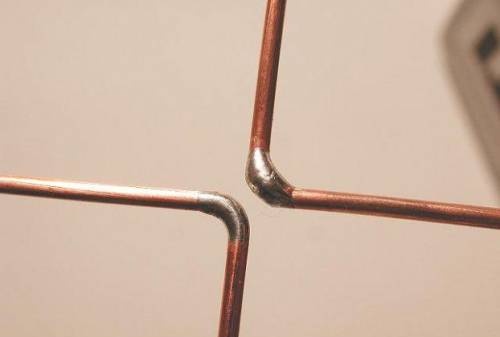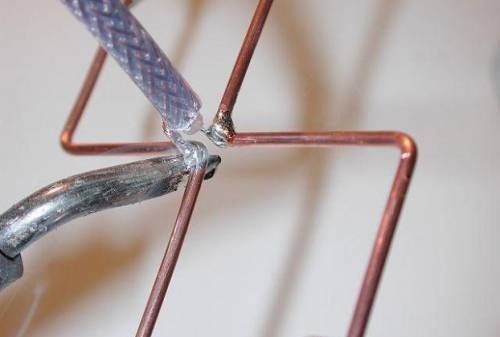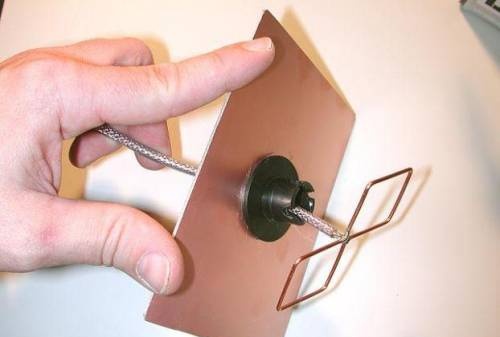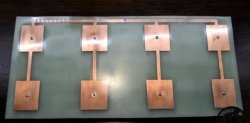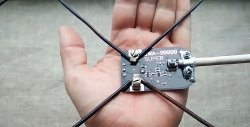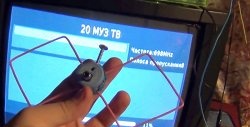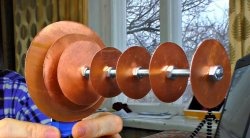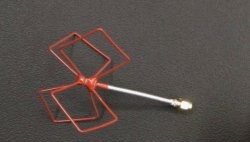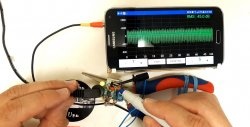
I don't know if it will be interesting. I found the page about a year ago, I wanted to post it, but the system failed... the address was lost... and I forgot about this matter. And now I came across it by accident.
A piece of foil PCB, getinax or just tin is suitable for the reflector. The dimensions of the reflector are not very critical and, if necessary, can be slightly reduced.
A plastic drink cap is suitable as a double square holder.
Coaxial cable: If the cable is short, you can use RG58, but if the cable is approximately 2 meters long, then it is better to take a high quality cable - Aircell, Ecoflex or similar.
The following depends on the quality of the parts used and the accuracy of the assembly: whether you will get a gain in amplification, and therefore a better and more reliable reception.
First we need a plastic holder, we will take a protective cap from a bicycle, but a cap from a tube of toothpaste, etc. will also work.
You also need a reflector (for ease of processing it is better to take foil fiberglass), a board measuring 10 x 14 cm and a piece of copper wire with a diameter of 2.5 mm2 or 4 mm2
We make a reflector, 10 x 14 cm.The size is not critical and can be reduced slightly if necessary.
Cut off the excess.
Find the middle.
Drill a hole with a diameter a couple of millimeters larger than the diameter of the cable so that you can later secure the holder with a glue gun.
Cut the holder to a height of 18mm
Using a round file (or something suitable), make cuts so that the distance between the reflector and the squares is approximately 15 mm.
Squares can be made from a piece of copper wire with a diameter of 2.5mm2 or 4mm2. It will take approximately 25 cm.
Bend the squares so that the distance from the middle to the middle of the wire is 30 -31 mm. An example of bending a 2.5mm2 wire is given.
Continue to bend exactly to size.
You got these “glasses”. Check again
times sizes.
Solder the ends of the wire and tin the place where the coaxial cable will be attached.
Solder the cable.
Glue the holder first using a glue gun
or some superglue. Then insert the cable with the “glasses”.
Now use a glue gun to secure the squares. At
If desired, the copper parts can be coated with a protective varnish so that they do not oxidize and
looked good.

Use a glue gun to secure the cable at the outlet.
For the manufacture and use of the antenna the author (translator)
article is not responsible. You must be sure that you know where and
how to connect the antenna.
